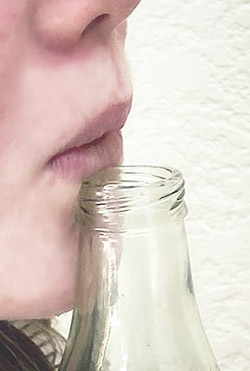Image link: https://physics.tutorvista.com/waves/types-of-waves.html?view=simple
Summary: This week we learned about different types of waves and the parts of a wavelength. There’s two types of waves, mechanical and electromagnetic waves. Mechanical waves are waves that need a medium to pass through. An example of a mechanical wave is a seismic wave which passes through the earth (the medium) and can cause a tsunami. A medium can be a gas, liquid, or solid. Electromagnetic waves however don’t need a medium to pass through. An example of electromagnetic waves is light waves which don’t need to pass through a medium like air molecules.
SP7: Engaging in argument from evidence
In science, reasoning and argument are essential for clarifying strengths and weaknesses of a line of evidence and for identifying the best explanation for a natural phenomenon.
Did you participate in a class discussion providing evidence for your answers, and/or used the ACE strategy in your work?
Yes in class we talked about the different types of waves and why they’re different. We also talked about examples of the waves and why they’re a mechanical or electromagnetic wave.
